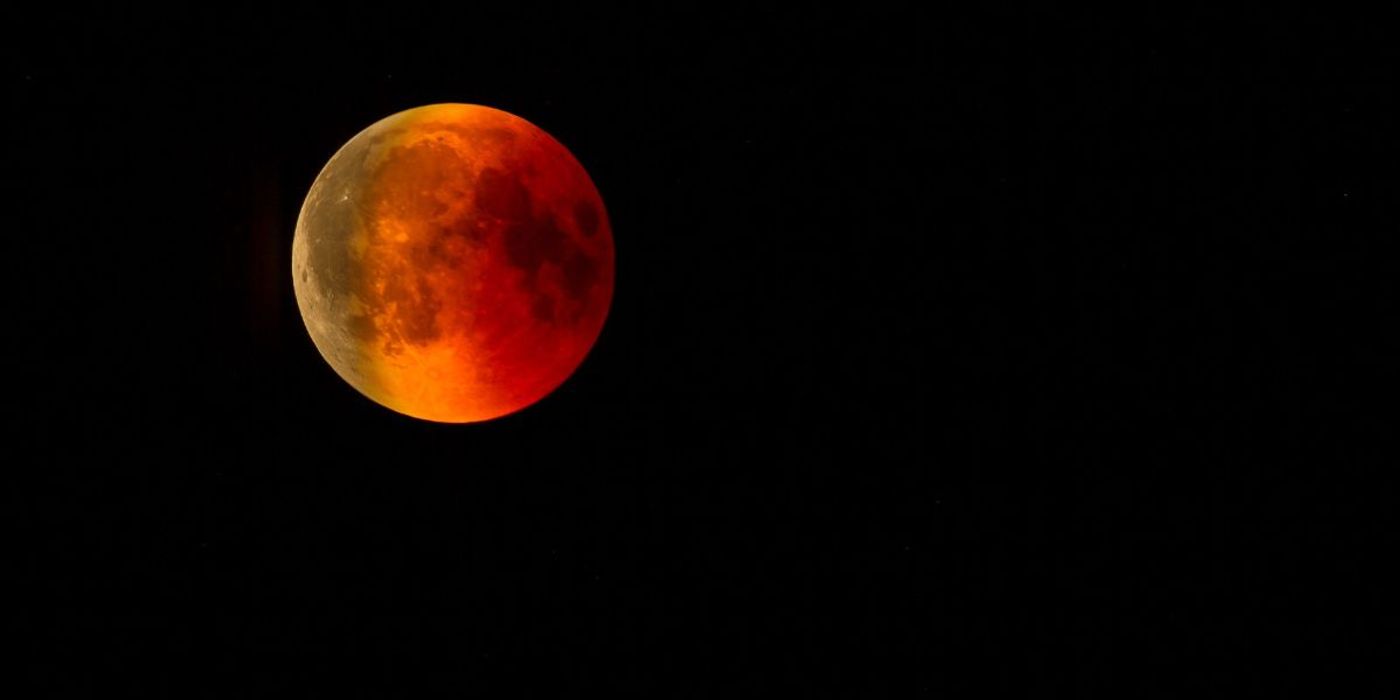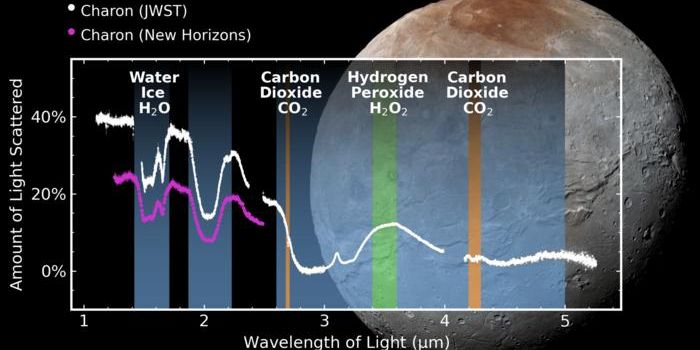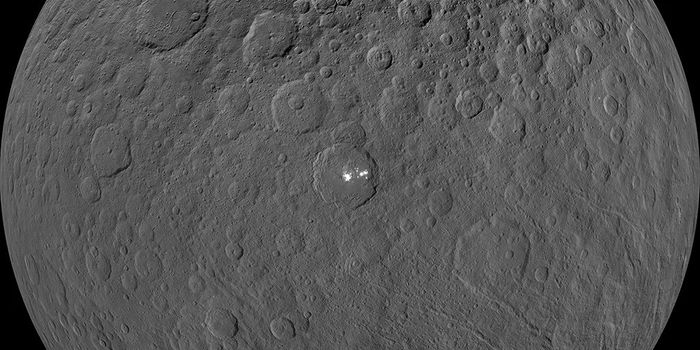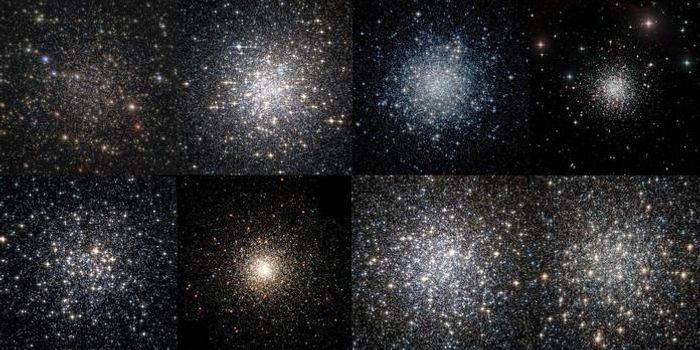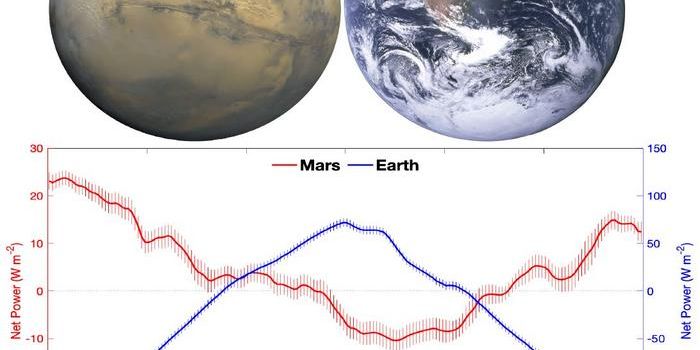Earth's Atmosphere Causes Moon to Rust
Researchers from the University of Hawaii have noticed that the Moon is turning slightly red or 'rusty'- and that it is likely due to the Earth's atmosphere.
Rust, an iron oxide, is a reddish compound that forms when iron is exposed to water and oxygen. As such, it is a common chemical reaction that we see in everyday life- on nails, gates, and wire. It also happens on Mars' surface, the planet itself thought to have gained its reddish color from interactions between iron, oxygen, and water on its surface.
While Mars and Earth may be ideal environments for rust to form, researchers were surprised to notice the chemical reaction on the Moon too. This comes as it is generally thought not to contain sufficient oxygen and water for rust to form. It also has no atmosphere to protect against solar winds- thought to prevent rust from being able to form by knocking particles out of place before they can react with each other.
The findings suggesting that rust occurs on the lunar surface come from data taken by the JPL Moon Mineralogy Mapper, which was onboard the Indian Space research Organisation's Chandrayaan-1 orbiter while it surveyed the Moon in 2008.
During this mission, the Moon Minerology Mapper was able to identify compounds and elements present on the Moon by analyzing wavelengths of light reflected off of its surface. It was by focusing on the poles that the researchers found that the Moon held deposits of iron rich rocks with spectral signatures matching those of hematite- a kind of rust.
"At first, I totally didn't believe it. It shouldn't exist based on the conditions present on the Moon," says co-author of the research, Abigail Fraeman. "But since we discovered water on the Moon, people have been speculating that there could be a greater variety of minerals than we realize if that water had reacted with rocks."
As the Moon doesn't have a sufficient amount of oxygen to form rust, the researchers say that trace amounts coming from the Earth's atmosphere via an elongated extension of the planet's magnetic field (known as a 'magnetotail) likely made the process possible. They added that each time there is a full moon, the magnetotail is able to block 99% of the solar wind, thus allowing rust to form.
Although these findings may play a part in reshaping our knowledge about the Moon's polar regions, the researchers warn that more data is needed. This comes especially as trace amounts of hematite were also found on the far side of the Moon, which is reportedly too far away to benefit from the Earth's magnetotail.
Sources: Space.com, Science Advances, Live Science
